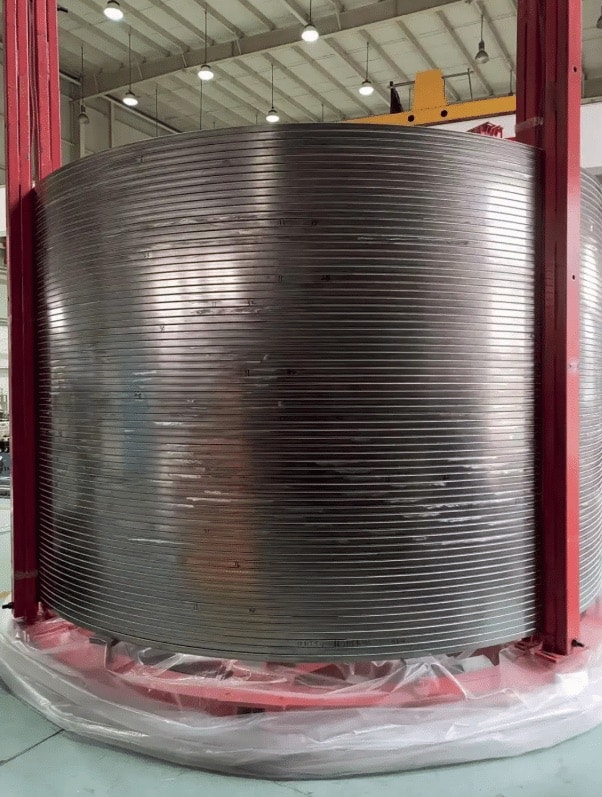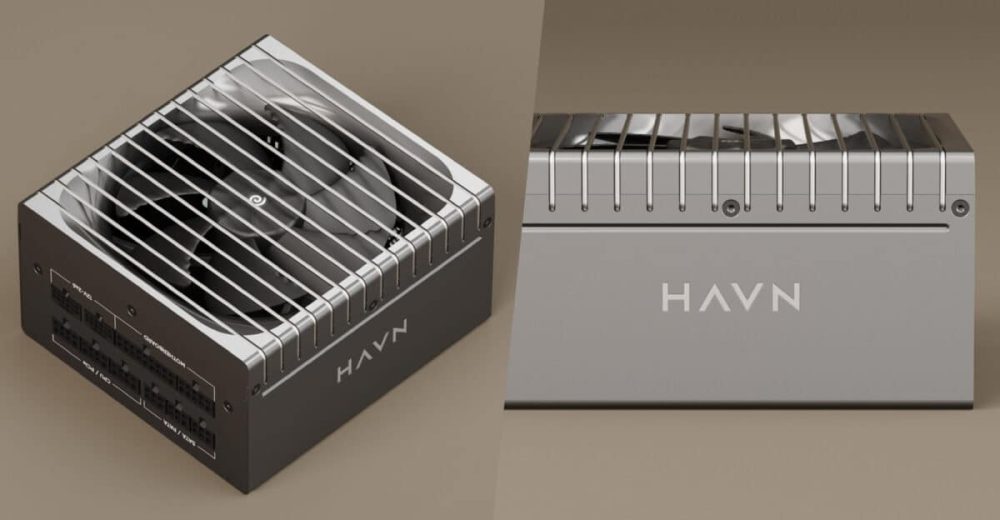For decades, fusion researchers around the world have shared the same problem: even if we can replicate the power of the Sun on Earth, what material could possibly survive the brutal environment inside a reactor? Now, Chinese scientists say they have cracked that “impossible” challenge, with a new “super steel” that can endure both crushing magnetic forces and near-absolute zero temperatures.
The breakthrough material, CHSN01 (China High-Strength Low-Temperature Steel No. 1), was unveiled this year and is already being installed in China’s Burning Plasma Experiment Superconducting Tokamak (BEST), a next-generation fusion reactor under construction and expected to finish by 2027.
The Heart Of A Star On Earth
Inside a fusion reactor, plasma burns at millions of degrees, hotter than the Sun’s core. To contain it, superconducting magnets are cooled with liquid helium to –269°C (just above absolute zero). Those magnets must also withstand magnetic fields of 20 Tesla, nearly double the strength of the magnets used in ITER, the giant European fusion experiment.
That combination of extreme cold plus extreme force has defeated engineers for decades. Even advanced steels like 316LN, used in ITER, cracked and lost ductility under cryogenic stress. In fact, ITER faced costly setbacks when its cryogenic materials proved brittle.
That’s why CHSN01 is such a shock: it combines a yield strength of 1,500 MPa with more than 25% ductility at cryogenic temperatures. In other words, it’s not just strong, it bends without breaking, even under unimaginable stress.
From Doubt To Deployment
When China first hinted at developing a stronger steel a decade ago, international experts were skeptical. But in 2020, the project gained momentum with the involvement of Zhao Zhongxian, one of China’s most celebrated cryogenic physicists. His guidance helped the team refine the alloy, carefully adjusting vanadium, carbon, and nitrogen content until the results clicked.
By 2023, CHSN01 had passed its tests and entered mass production. Over 500 tonnes of the alloy are already being used in conductor jackets for the BEST reactor.
Its Importance
- Smaller, more powerful reactors: Stronger steel allows higher magnetic fields, which means more compact and efficient fusion devices.
- Fusion with a purpose: Unlike ITER, which is purely experimental, China’s BEST reactor is being built to generate electricity eventually. That makes durable materials like CHSN01 mission-critical.
- Strategic independence: CHSN01 is domestically produced, freeing China from reliance on imported cryogenic steels and giving it a powerful edge in both energy and advanced materials science.
- Beyond fusion: The alloy’s strength and cryogenic resilience could also benefit particle accelerators, advanced MRI machines, and even deep-space missions.
The Fusion Race Heats Up
Where delays and material failures have plagued the West’s ITER, China has quietly built a domestic solution once thought impossible. As physicist Li Laifeng of the Chinese Academy of Sciences predicted back in 2011, the future of fusion depends on materials that can handle stronger magnetic fields than ITER’s 11.8 Tesla limit. With CHSN01, China now holds one of the keys.
Fusion is often described as “always 30 years away.” But breakthroughs like this show that the barriers are falling, one alloy at a time. And if this “super steel” holds up under real-world reactor conditions, the dream of star power on Earth may be closer than skeptics ever dared imagine.


